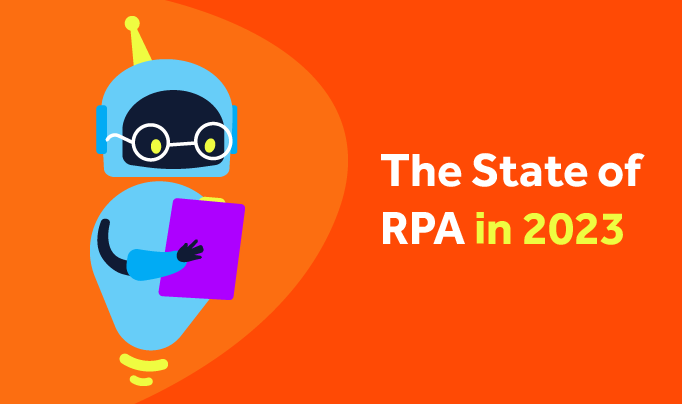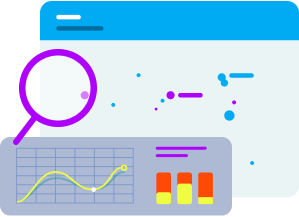Blueprint:
Migrate your
RPA estate
automatically
Automation is meant to reduce manual effort. Then why are companies still migrating RPA platforms manually? It's risky, labor-intensive, and expensive...but it doesn't have to be!

Migrate to an intelligent automation platform the quick & easy way
Organizations are facing a lot of challenges with their legacy RPA tools: inflated costs, a high degree of technical complexity, and the inability to scale. But migrating manually is expensive and time-consuming.
Blueprint migrates entire automation estates to intelligent automation platforms quickly and securely, providing insights into your estate for better decisions and further cost reductions.

Blueprint Solutions

RPA Migration
Migrate your automation estate to a next-generation intelligent automation platform with 60-75% time and cost savings.
RPA Analytics
Understand and assess your entire automation estate. Improve your automations, remove redundancies and unnecessary complexities, and use rich insight to plan and prioritize your RPA estate migration.
Make informed decisions and reduce costs.
RPA Estate Scan
Understand your RPA estate faster. Gain detailed statistics on your entire automation estate. De-risk your RPA Migration.
Companies We Work With


More to Discover
Migrate to Microsoft Power Automate with Blueprint
Automation Re-Platforming: Frequently Asked Questions



